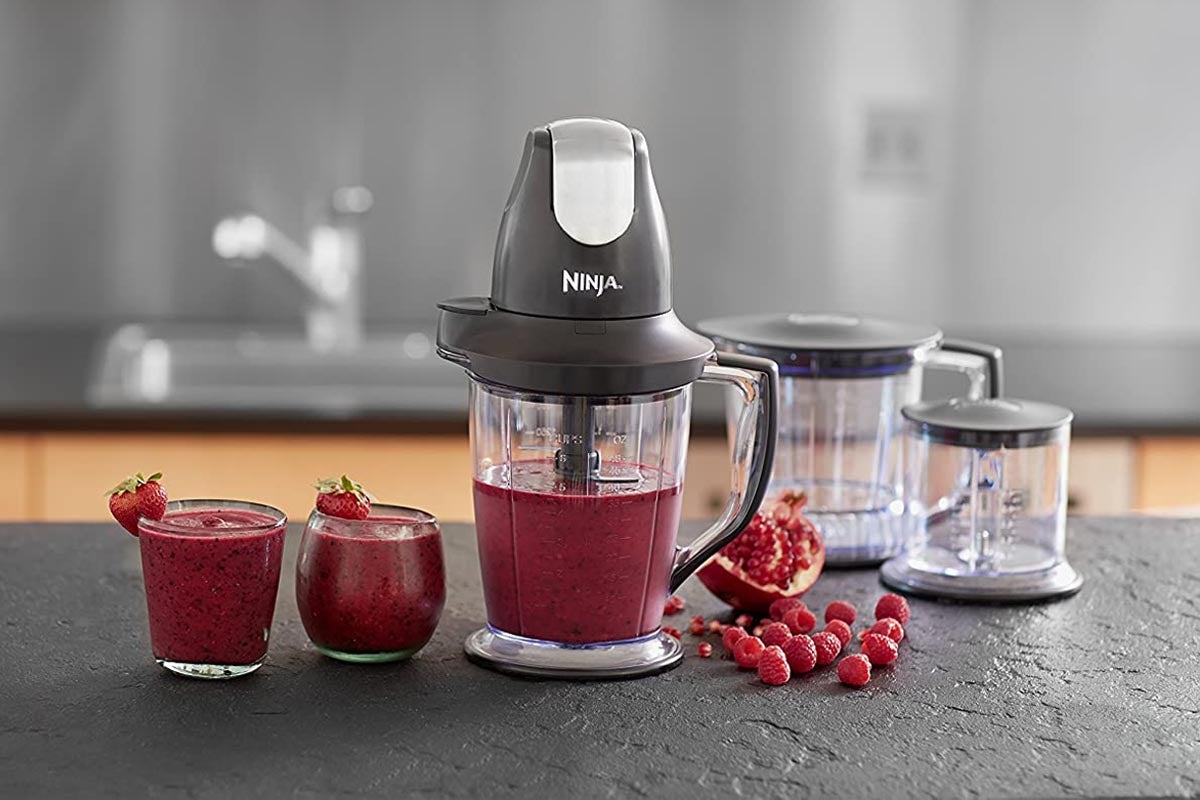

Articles
What Is The Best Small Food Processor
Modified: February 20, 2024
Looking for the best small food processor? Read our informative articles to find the top recommendations and make an informed decision.
(Many of the links in this article redirect to a specific reviewed product. Your purchase of these products through affiliate links helps to generate commission for Storables.com, at no extra cost. Learn more)
Introduction
Welcome to the world of small food processors! If you love cooking, then having a small food processor in your kitchen can be a game-changer. These compact yet powerful appliances are designed to make your meal preparation faster and more convenient.
In this article, we will explore the best small food processors on the market and provide you with essential information to help you make an informed decision. Whether you are a culinary enthusiast or someone who simply wants to make meal prep a breeze, a small food processor can be a valuable addition to your kitchen arsenal.
Before we dive into the details, let’s take a look at some of the factors you should consider when choosing a small food processor.
Key Takeaways:
- Elevate your cooking experience with a small food processor, saving time, reducing waste, and offering versatility for a wide range of culinary tasks.
- Keep your small food processor in top shape by following simple cleaning and maintenance practices, ensuring longevity and optimal performance for years to come.
Read more: What Is The Best Food Processor
Factors to Consider When Choosing a Small Food Processor
When it comes to choosing a small food processor, there are several key factors that you should take into consideration. These factors will help you find the perfect appliance that suits your needs and preferences. Let’s explore them in more detail:
- Capacity: The capacity of a small food processor is an important factor to consider. Think about the amount of food you usually prepare and choose a processor with a capacity that can accommodate your needs. If you only cook for yourself or a small family, a processor with a capacity of 3-4 cups would be sufficient.
- Power: The power of the motor determines the performance of the food processor. Look for a model with a powerful motor that can handle tough ingredients and provide smooth and consistent results. A motor with at least 400 watts of power is recommended for small food processors.
- Size and Design: Since we’re specifically talking about small food processors, the size and design of the appliance are crucial. Consider the available countertop space in your kitchen and choose a compact and sleek design that fits well. Some models also come with additional attachments and accessories, so keep that in mind.
- Functions and Features: Assess the functions and features offered by different small food processors. Some common features include chopping, blending, slicing, and shredding. Look for models with multiple speed options and intuitive controls for greater versatility and ease of use.
- Safety: Safety features are essential for any kitchen appliance. Ensure that the food processor you choose has safety locks and mechanisms in place to prevent accidents and secure the processor while in use.
- Ease of Cleaning: Cleaning can be a tedious task, so opt for a small food processor that is easy to disassemble and clean. Models with dishwasher-safe parts or a self-cleaning function will save you time and effort.
- Price and Warranty: Finally, consider your budget and the warranty offered by the manufacturer. Compare prices and read customer reviews to ensure you’re getting the best value for your money. A warranty will provide you peace of mind and protect your investment.
By considering these factors, you can narrow down your options and select a small food processor that aligns with your cooking needs and preferences. In the next section, we will highlight some of the top small food processors available in the market today.
Top Small Food Processors in the Market
Now that you have a better understanding of the factors to consider when choosing a small food processor, let’s explore some of the top models available in the market. These processors have been highly rated for their performance, durability, and user-friendly features:
- 1. Cuisinart DLC-2ABC Mini Prep Plus Food Processor: This compact and versatile food processor from Cuisinart is perfect for small kitchens. It has a 3-cup capacity, stainless steel blades, and two processing speeds. The easy-to-use touchpad controls make operation a breeze.
- 2. Ninja Food Chopper Express Chop: The Ninja Food Chopper is a powerful small food processor with a 16-ounce capacity and a 200-watt motor. It excels at chopping, mincing, and pureeing ingredients with its sharp blades. The one-touch pulse control allows for precise processing.
- 3. KitchenAid 3.5 Cup Mini Food Processor: KitchenAid is known for its quality appliances, and this mini food processor is no exception. With a 3.5-cup capacity, two speed options, and a compact design, it is perfect for everyday tasks like chopping, pureeing, and mixing.
- 4. Hamilton Beach 8-Cup Compact Food Processor: If you need a slightly larger capacity, the Hamilton Beach 8-Cup Compact Food Processor is a great option. It offers versatile processing functions, including slicing, shredding, and chopping. The powerful 450-watt motor ensures quick and efficient performance.
- 5. Breville BFP800XL Sous Chef Food Processor: For those seeking a high-end small food processor with advanced features, the Breville Sous Chef is worth considering. It boasts a 5.5-inch super-wide feed chute, an adjustable slicing disc, and a powerful 1200-watt motor. This processor can handle heavy-duty tasks with ease.
These are just a few examples of the top small food processors available in the market. Remember to consider your specific needs and preferences when making a purchase decision. Now, let’s move on to the benefits of using a small food processor.
When looking for the best small food processor, consider the power and capacity that will suit your needs. Look for a model with at least 400 watts and a capacity of 3-4 cups for efficient food processing.
Benefits of Using a Small Food Processor
A small food processor can bring numerous benefits to your kitchen and cooking routine. Let’s explore some of the key advantages of using this handy appliance:
- Time-Saving: One of the main benefits of a small food processor is the amount of time it can save you in the kitchen. It can quickly chop vegetables, blend sauces, and mix ingredients, significantly reducing your prep time for meals.
- Efficiency: Small food processors are designed to efficiently process ingredients. They have sharp blades and powerful motors that can handle various tasks with ease, ensuring consistent and smooth results every time.
- Versatility: These appliances are incredibly versatile, offering a range of functions such as chopping, slicing, shredding, mincing, and pureeing. They can tackle a wide array of ingredients, from vegetables and fruits to nuts and herbs.
- Space-Saving: As the name implies, small food processors take up minimal space on your countertop. They are compact and lightweight, making them ideal for small kitchens or those with limited storage space.
- Control: With a small food processor, you have better control over the texture and consistency of your ingredients. Whether you prefer a chunky salsa or a smooth sauce, you can achieve the desired result by controlling the processing time.
- Consistency: Food processors ensure consistent results, especially when it comes to chopping and slicing. They provide uniform cuts, which not only enhance the presentation of your dishes but also ensure even cooking.
- Healthier Cooking: By using a small food processor, you can easily incorporate healthier ingredients into your meals. It allows you to create homemade sauces, dressings, and dips without added preservatives or artificial ingredients.
- Reduced Waste: These appliances help reduce food waste by efficiently processing leftovers, stale bread, or overripe fruits into new delicious recipes. You can transform them into breadcrumbs, purees, or smoothies, minimizing your food waste footprint.
These are just a few of the many benefits you can enjoy by adding a small food processor to your kitchen. Not only does it save you time and effort, but it also opens up a world of culinary possibilities. Now, let’s move on to the importance of cleaning and maintaining your small food processor.
How to Clean and Maintain a Small Food Processor
Proper cleaning and maintenance of your small food processor are essential for its longevity and optimal performance. Here are some simple steps to follow to ensure that your appliance stays in top shape:
- Unplug and Disassemble: Before cleaning, always make sure to unplug the food processor from the power source. Then, carefully disassemble the different parts, such as the bowl, lid, blades, and any additional attachments.
- Hand-Wash or Dishwasher: Check the manufacturer’s instructions to see if the parts are dishwasher-safe. If they are, you can conveniently place them in the dishwasher for cleaning. Otherwise, hand-wash the parts with warm, soapy water and a soft sponge. Rinse thoroughly afterwards.
- Remove Stains and Odors: If any stubborn stains or odors persist, you can try soaking the parts in a mixture of warm water and baking soda for a few hours. This can help remove any lingering residue or smells.
- Dry Thoroughly: After cleaning, ensure that all the parts are completely dry before reassembling or storing. Moisture can lead to mold or mildew growth, so allow the parts to air dry or use a clean towel to dry them thoroughly.
- Clean the Base: Do not forget to wipe down the base of the food processor with a damp cloth or sponge to remove any spills or food residue. Avoid submerging the base in water or exposing it to excessive moisture.
- Check and Replace Blades: Regularly inspect the blades for any signs of wear or damage. If they become dull or chipped, it is important to replace them to maintain optimal performance. Refer to the manufacturer’s guidelines for blade replacement.
- Store Properly: When not in use, store your small food processor in a clean and dry cabinet or cupboard. Keep all the parts together to ensure they are readily available when you need them.
- Follow Manufacturer’s Instructions: Always refer to the manufacturer’s instructions for specific cleaning and maintenance guidelines. They may provide additional tips or precautions for your specific model.
By following these cleaning and maintenance practices, you can keep your small food processor in excellent condition for years to come. Regular upkeep will not only prolong its lifespan but also ensure that it consistently performs at its best. Now, let’s wrap up our discussion.
Read more: What Is The Best Baby Food Processor
Conclusion
A small food processor can be a valuable addition to your kitchen, providing convenience, versatility, and time-saving benefits. By considering factors such as capacity, power, size, functions, safety, and ease of cleaning, you can find the perfect small food processor that suits your needs.
In our exploration of the top small food processors in the market, we highlighted models from reputable brands like Cuisinart, Ninja, KitchenAid, Hamilton Beach, and Breville. These processors offer various features and functionalities to cater to different culinary requirements.
We also discussed the benefits of using a small food processor, including time savings, efficiency, versatility, space-saving, control, consistency, healthier cooking, and reduced food waste. By utilizing a small food processor, you can elevate your cooking experience and explore new recipes with ease.
Moreover, we provided essential tips on how to clean and maintain your small food processor. By following these steps, you can ensure its longevity and optimal performance, keeping it in top shape for years to come.
Remember to consult the manufacturer’s instructions for specific guidelines and recommendations based on your model of the small food processor.
Overall, a small food processor can greatly enhance your cooking journey. It simplifies tasks, saves time, and allows you to experiment with diverse ingredients and flavors. Whether you’re a beginner cook or an experienced chef, a small food processor is a worthy investment that will elevate your culinary skills and bring joy to your kitchen adventures. So, go ahead and choose the perfect small food processor for your needs, and get ready to embrace a new level of efficiency and creativity in your cooking!
Frequently Asked Questions about What Is The Best Small Food Processor
Was this page helpful?
At Storables.com, we guarantee accurate and reliable information. Our content, validated by Expert Board Contributors, is crafted following stringent Editorial Policies. We're committed to providing you with well-researched, expert-backed insights for all your informational needs.
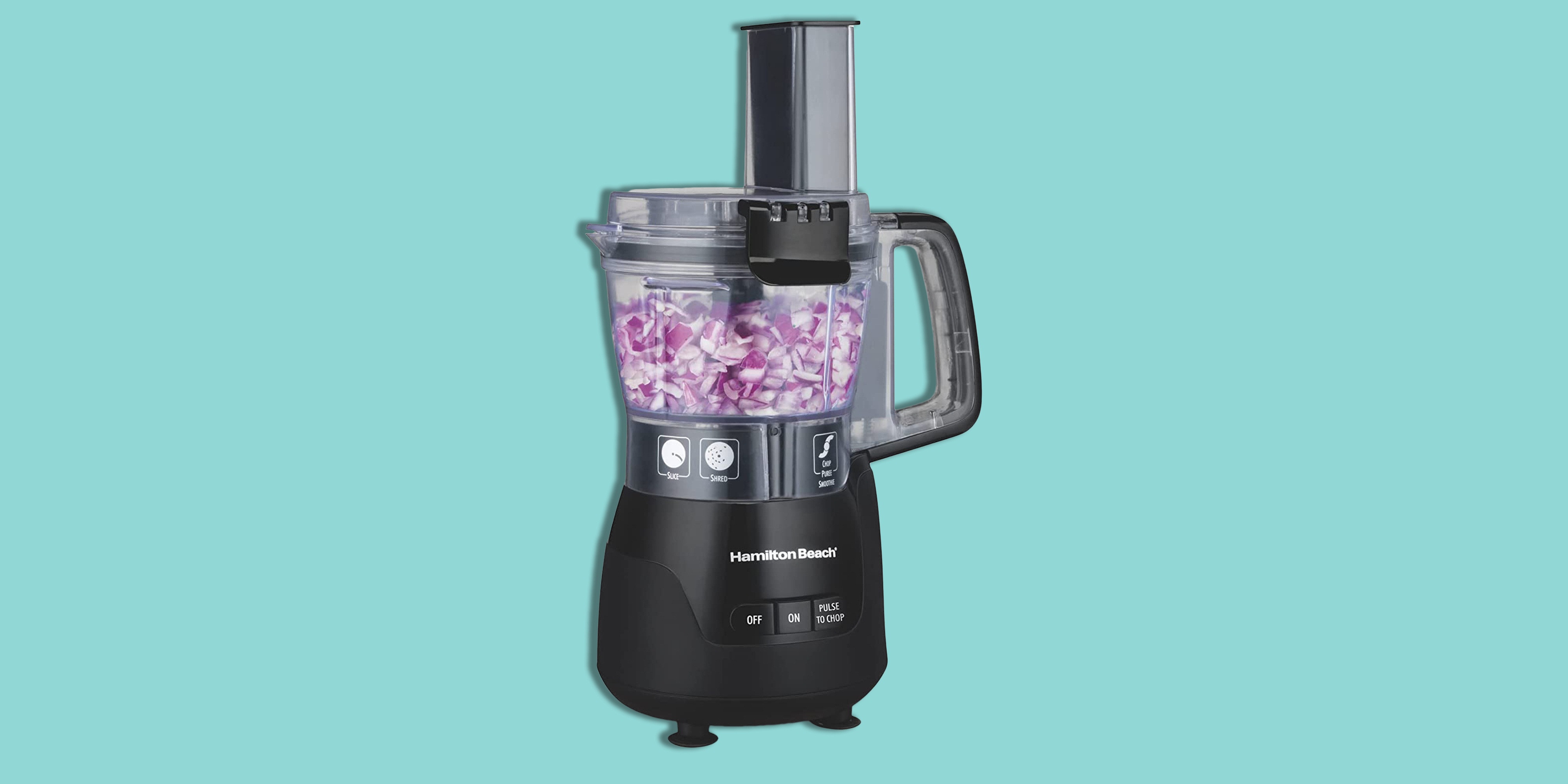
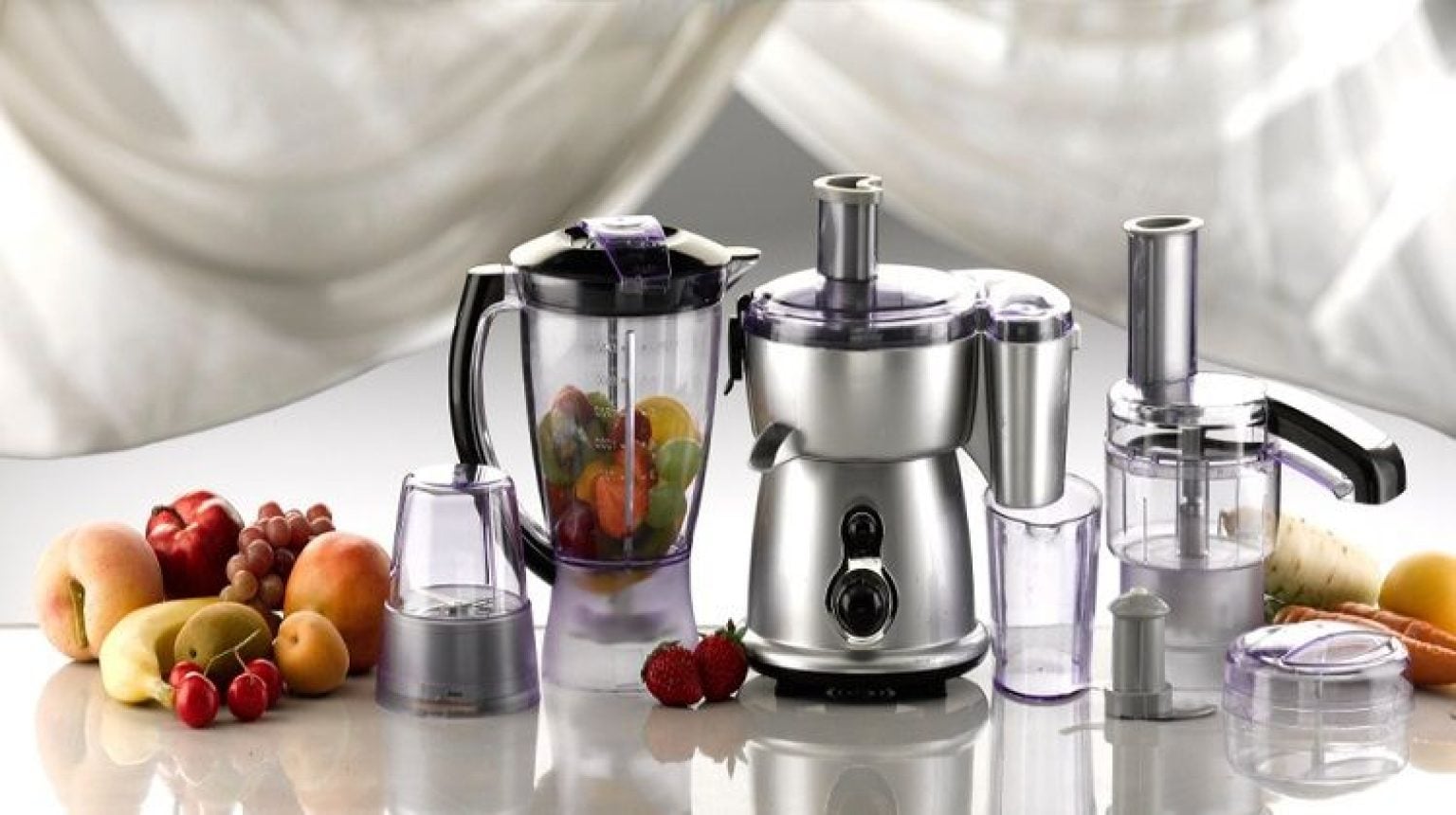
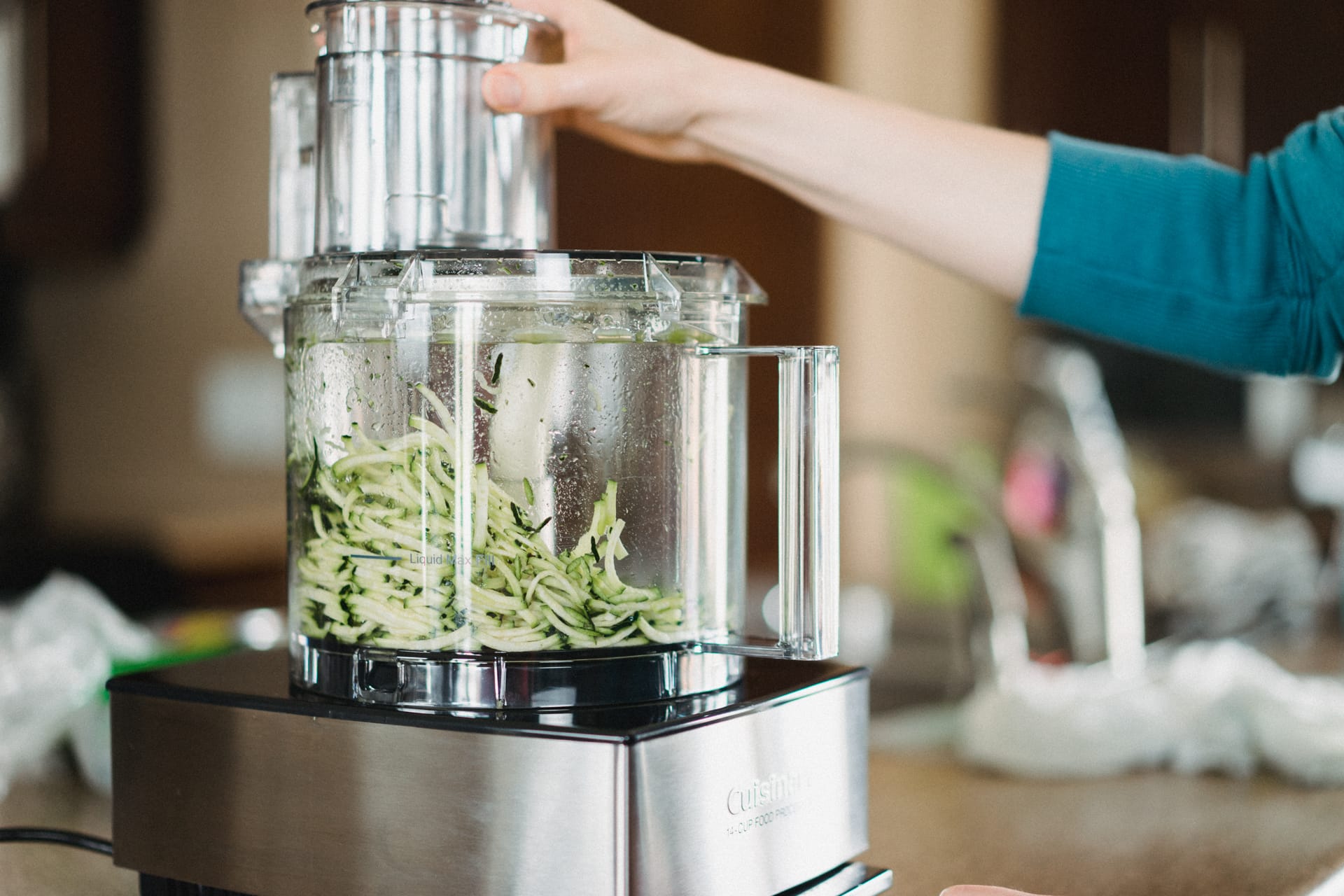
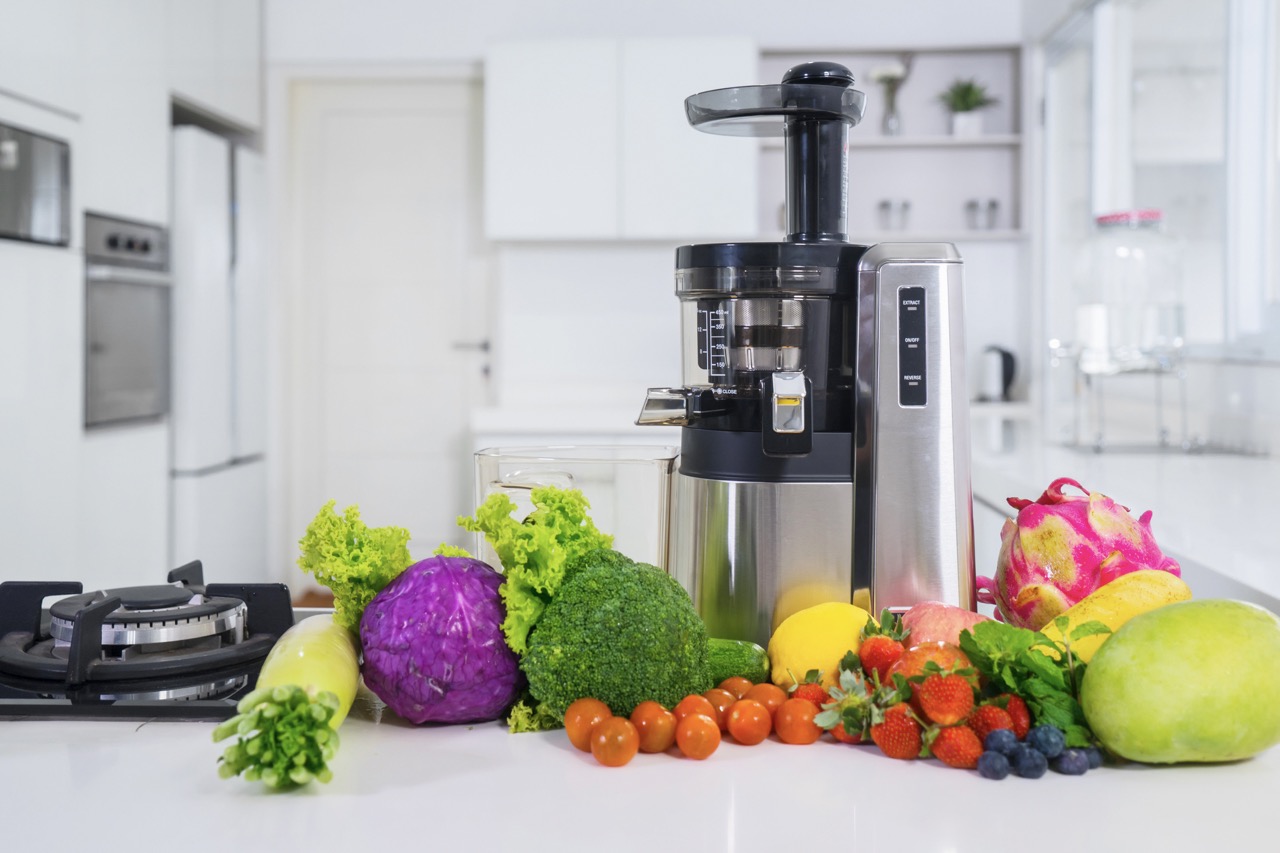
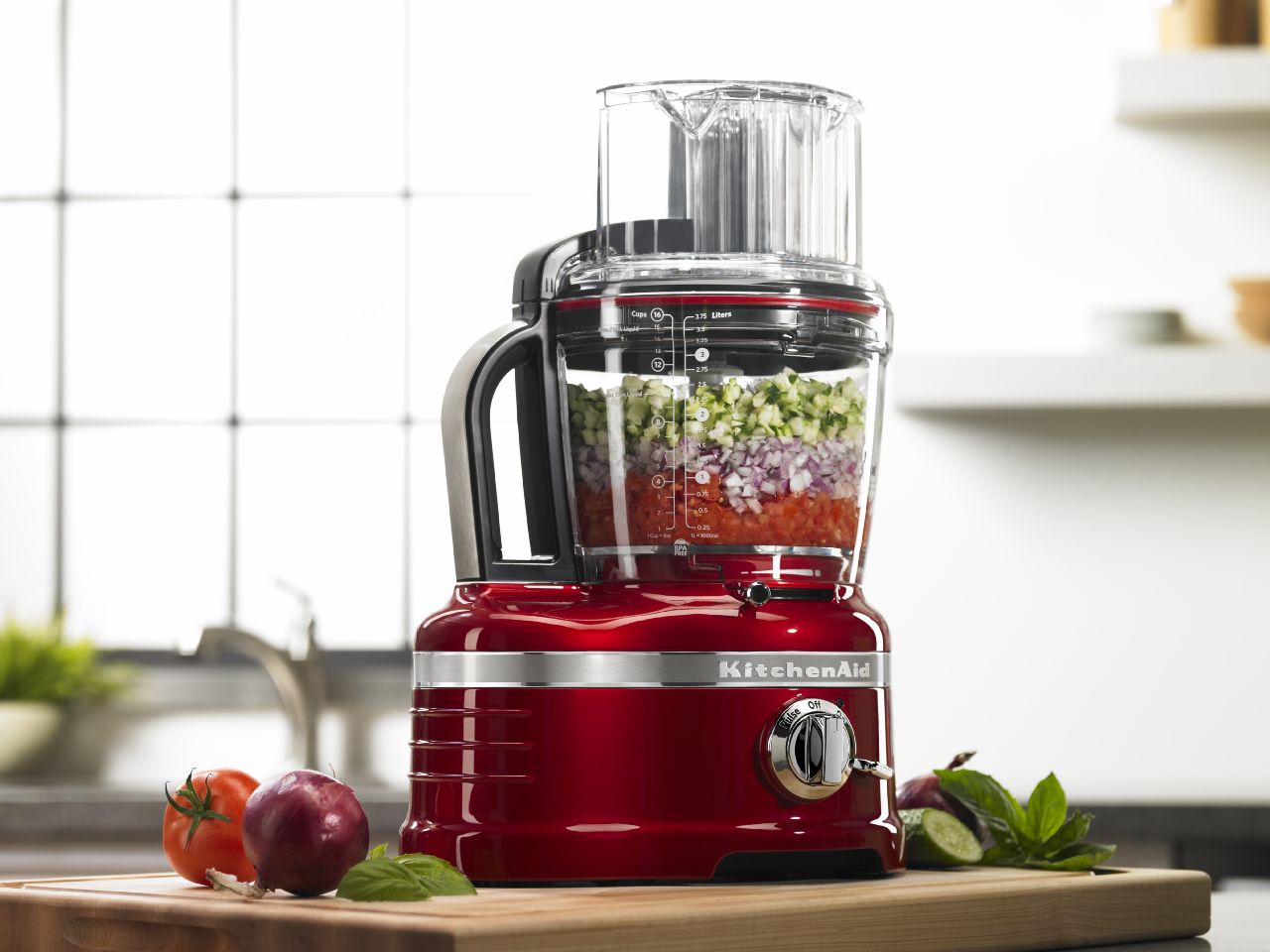
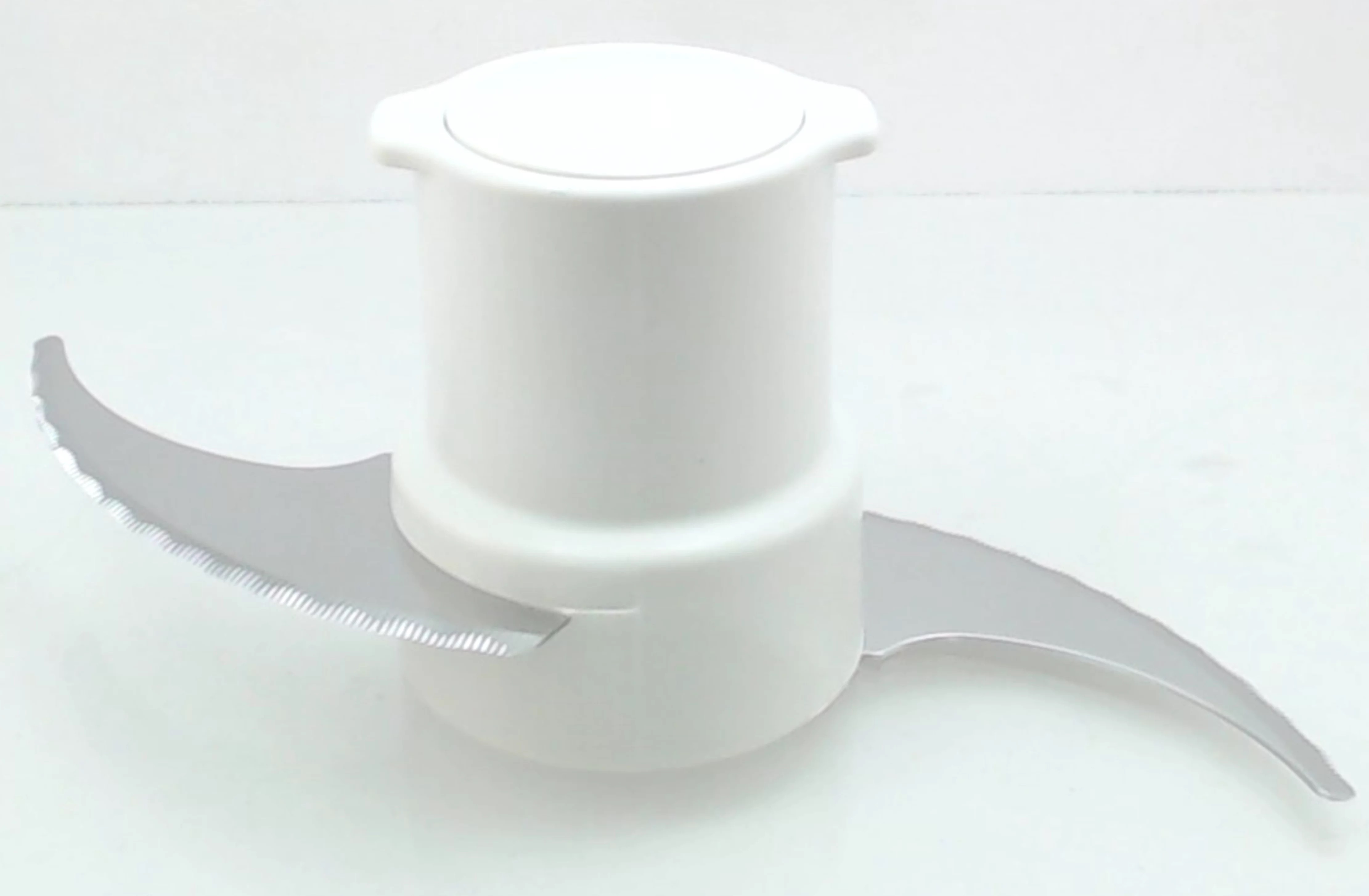
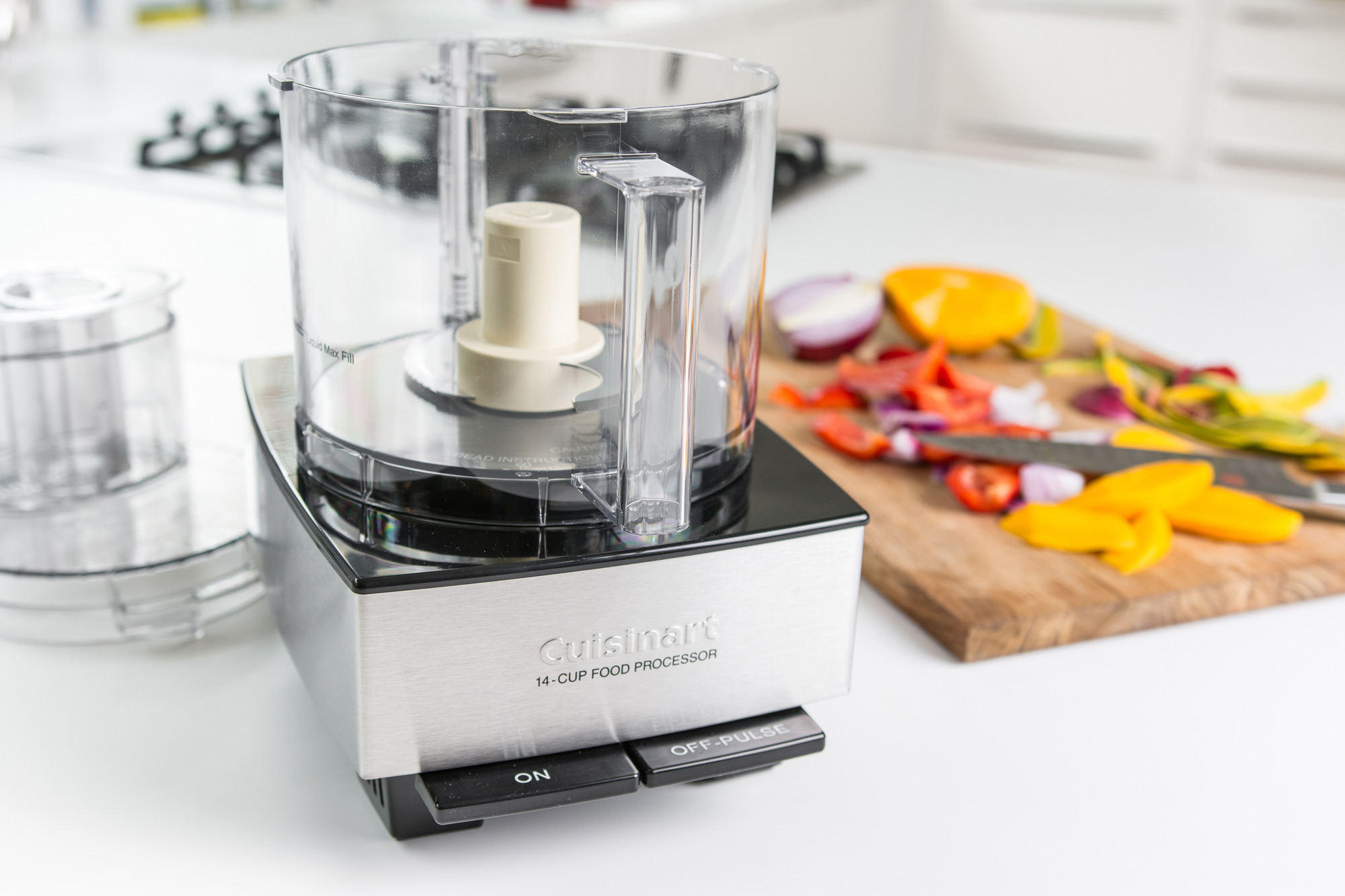
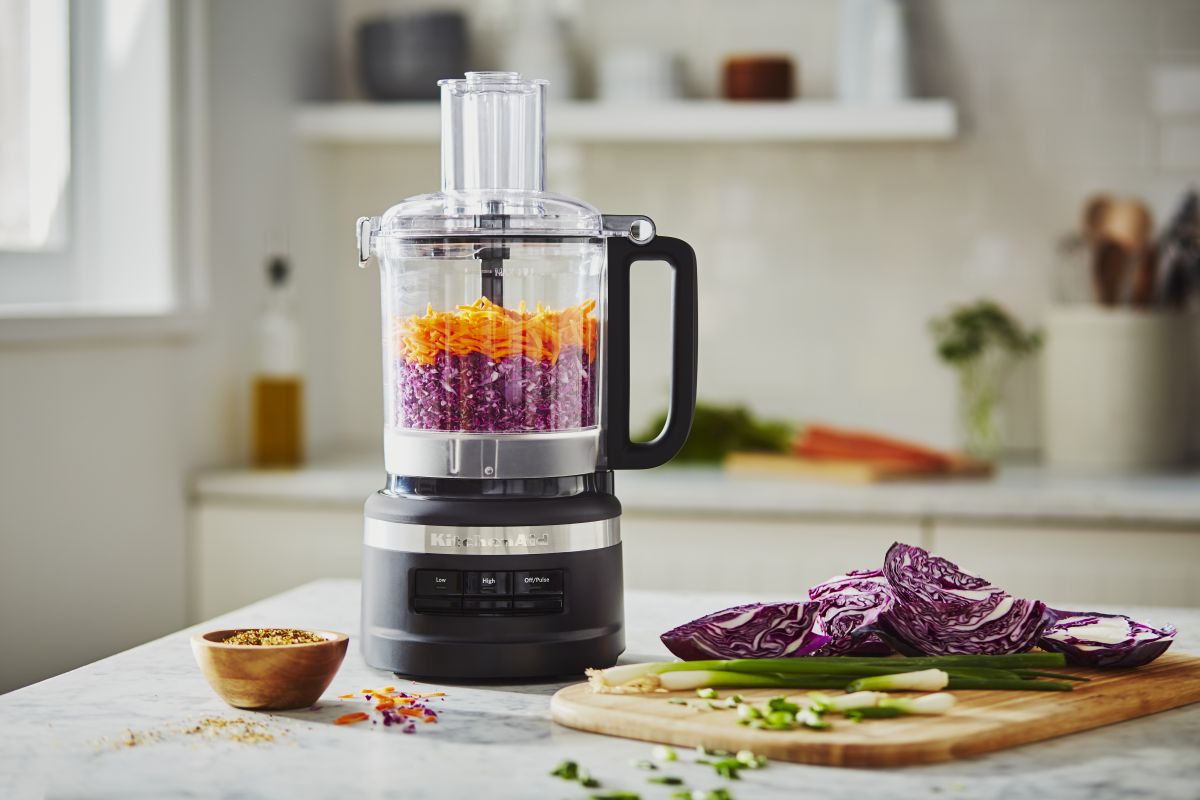
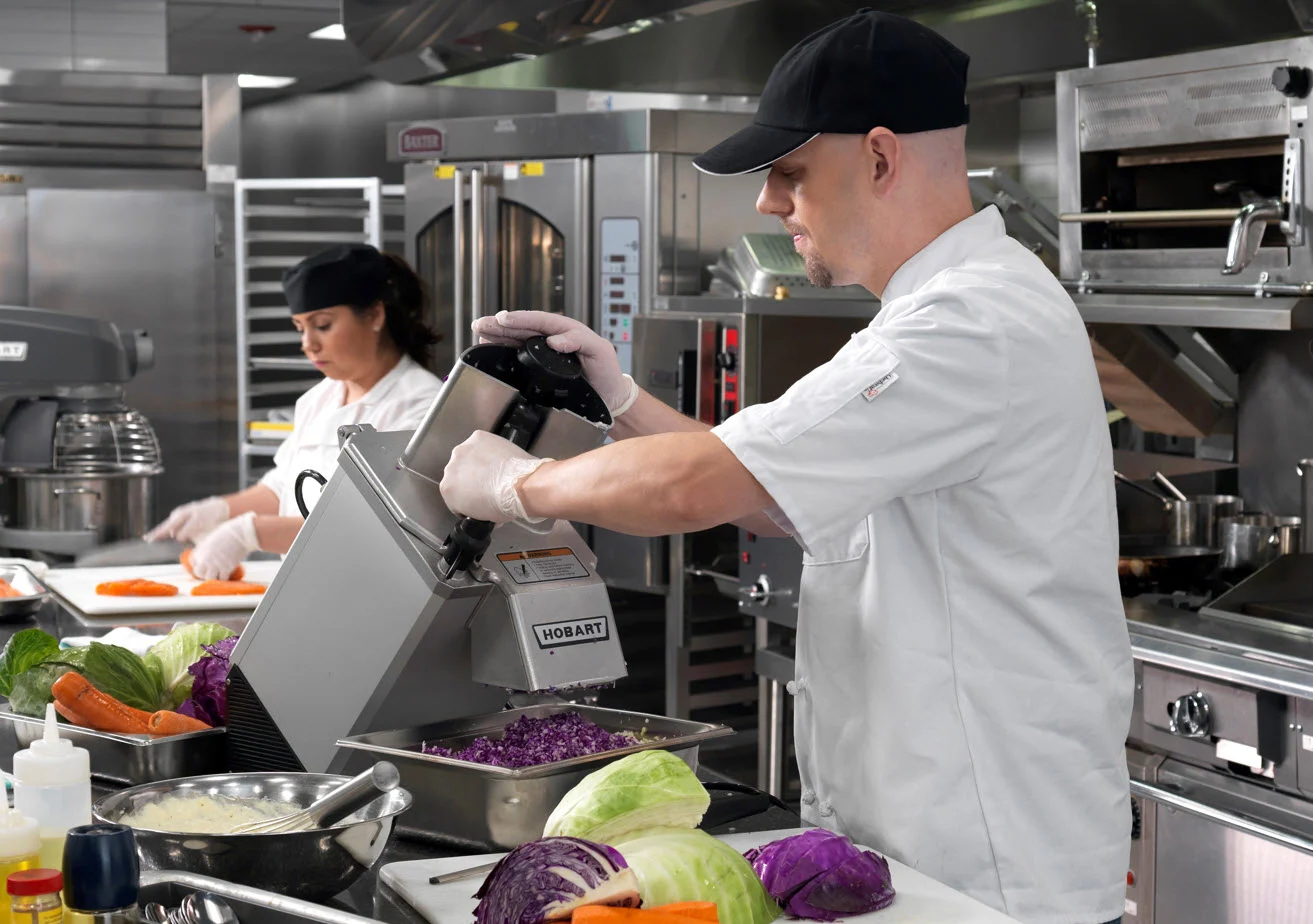
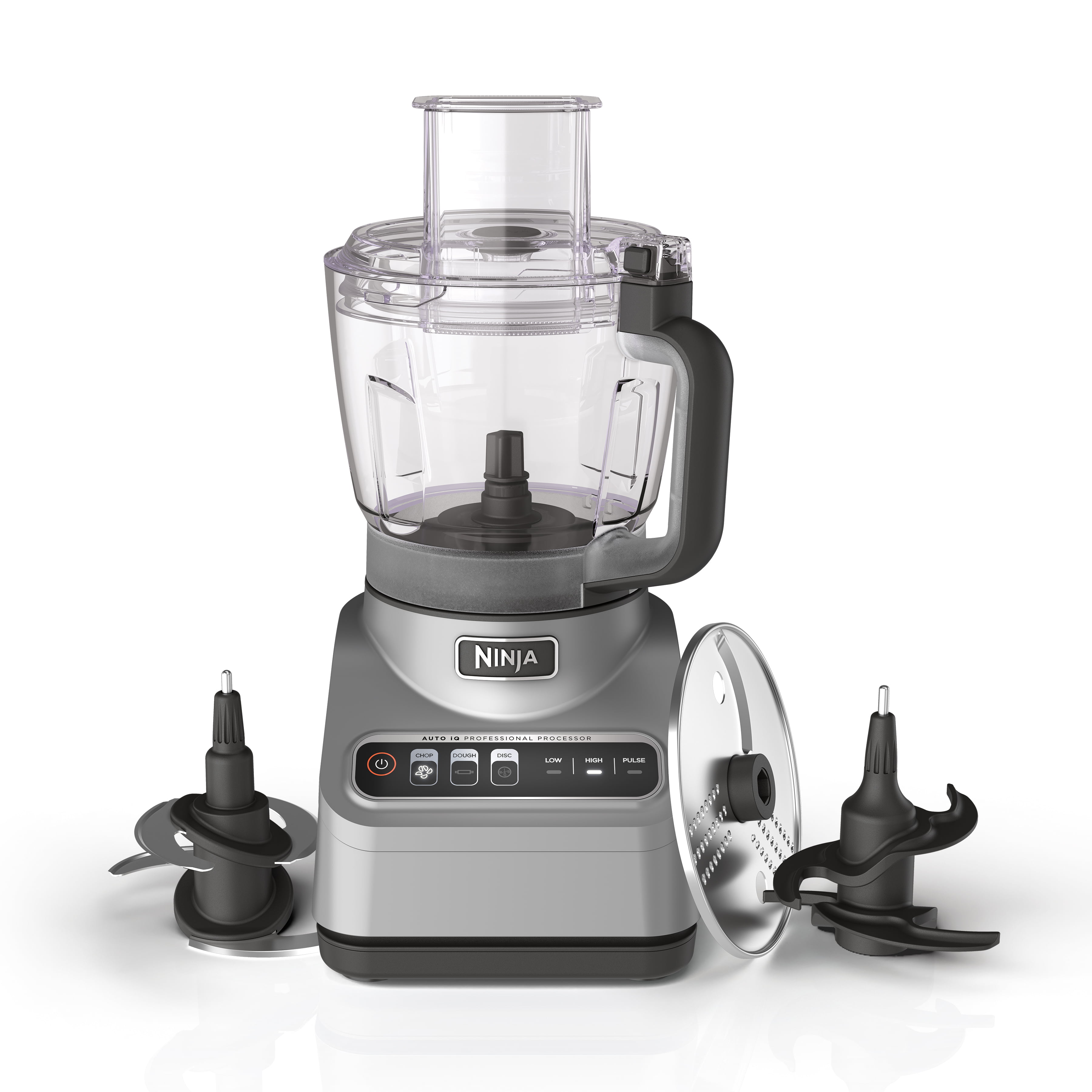
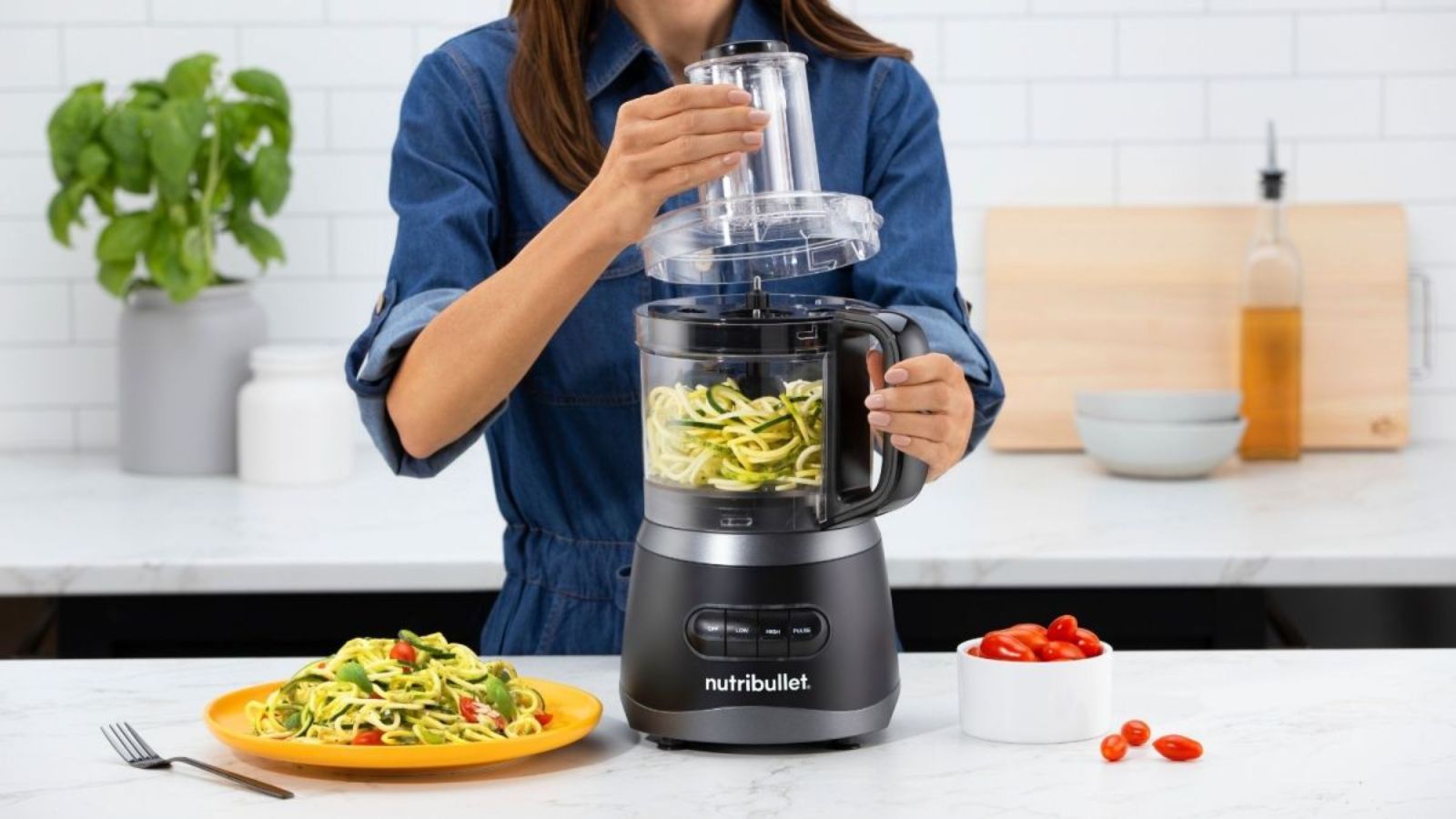
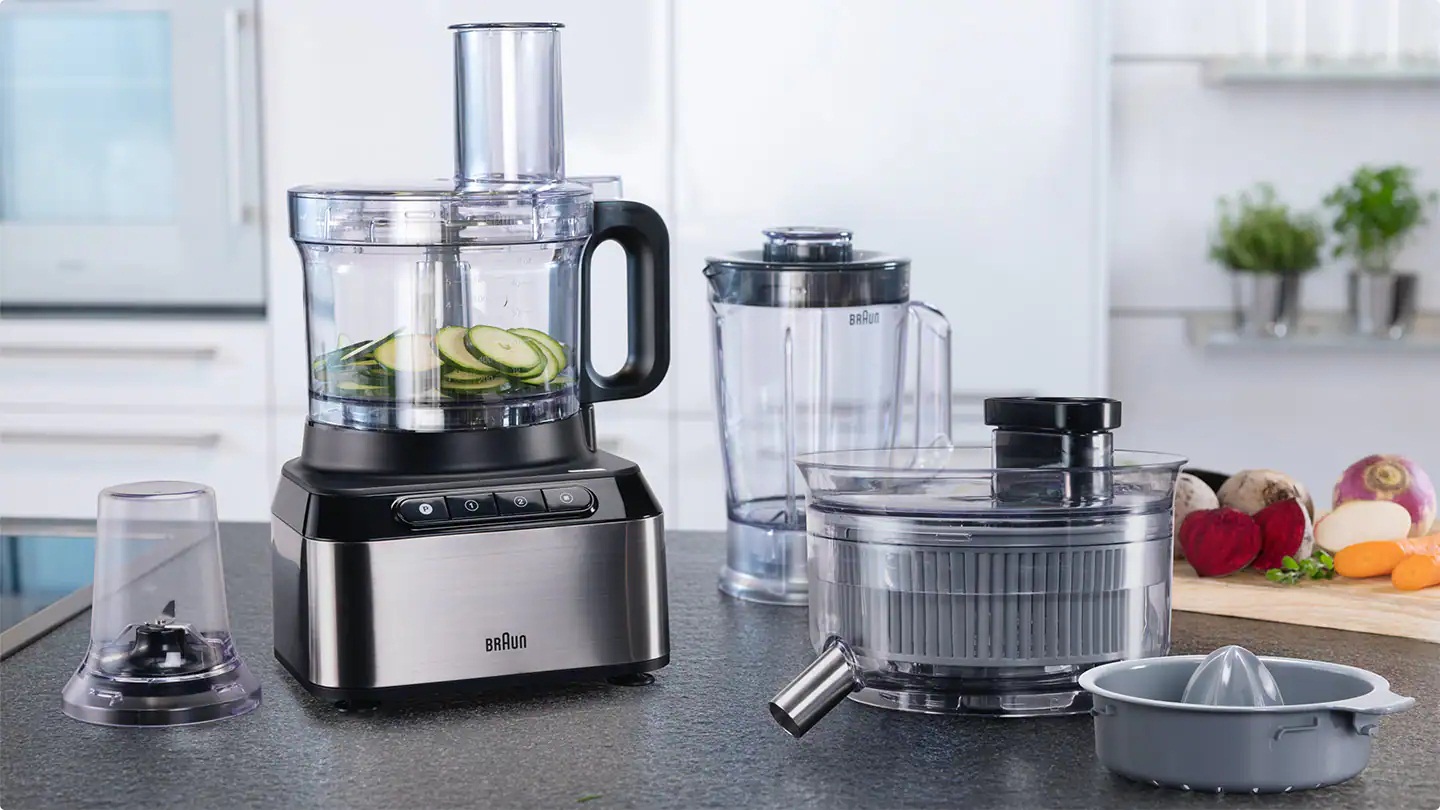
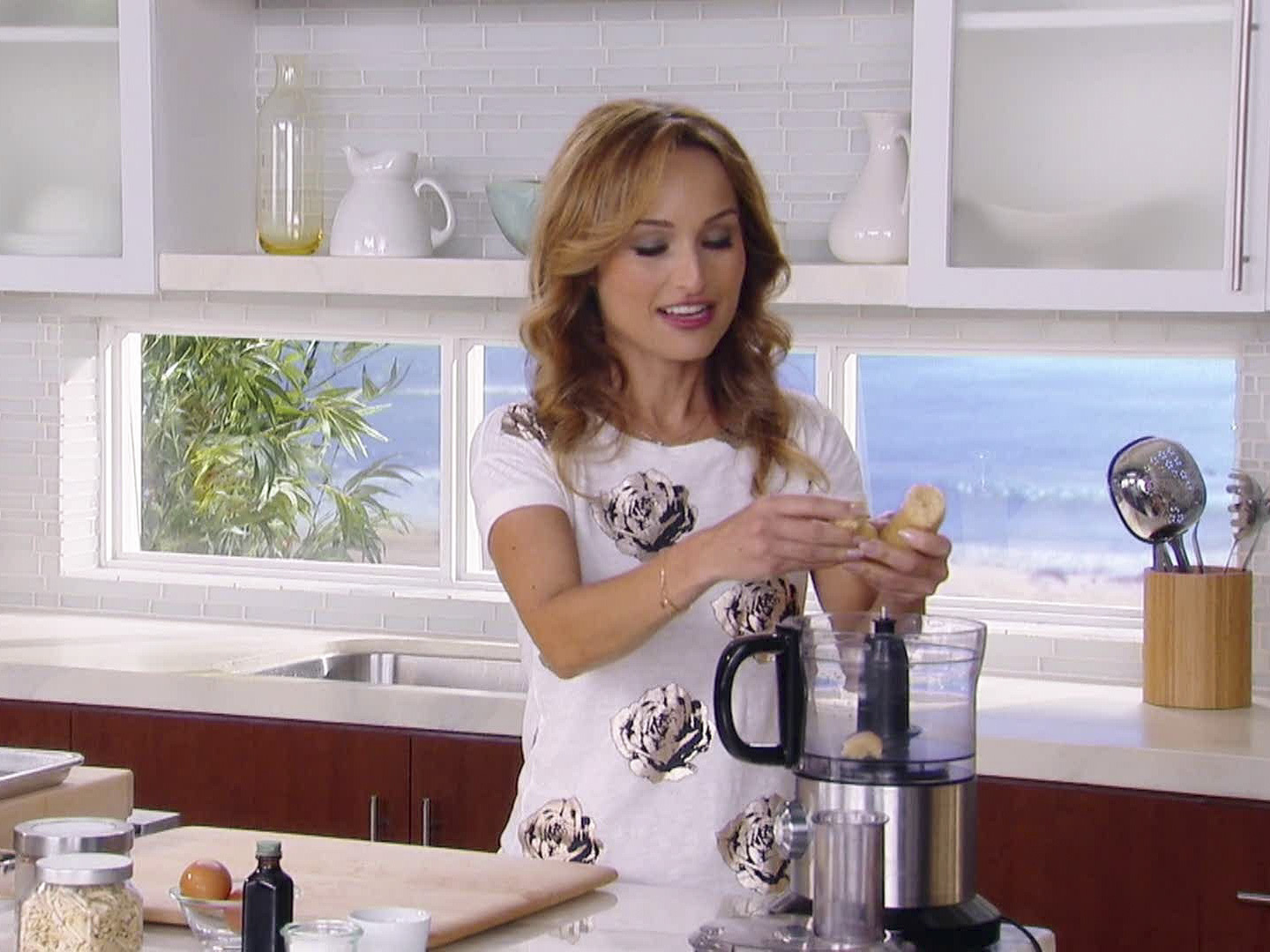


0 thoughts on “What Is The Best Small Food Processor”